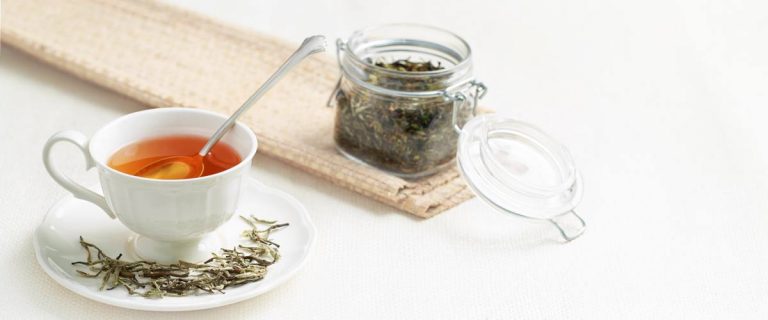Who Discovered White Tea?
There are no historical records that clearly talk about the origins and history of white tea. It is widely held that white tea was first produced during the rule of Song dynasty (960 – 1280 AD) in Imperial China. However, the whys and wherefores can be traced back to the dynasty that preceded it.
In Tang dynasty, predecessors to the Song dynasty, there was a custom of offering fine tea as a tribute to the imperial ruler. For making the tea that can be bestowed as a tribute, imperial tea gardens were developed all over China and only the youngest and the most finely-plucked buds would be made into tribute teas. Poetic references to the teas produced in these gardens suggest that the teas were, in fact, what the modern world refers to as the white tea.

Stamp on a Tribute Tea from the Song Dynasty. Pic courtesy: Wikimedia
During the Song Dynasty, the custom of giving tribute teas to the ruler continued. However, the process of making the tea itself was greatly improved. Around 1107, the reigning Chinese Emperor Huizong wrote what today is referred to as the ‘Treatise on Tea’ – a key document that highlights the traditional tea ceremony in Imperial China. He was a tea connoisseur who is accredited with not only building a culture around tea but bringing innovations in the way tea was produced and processed. In the treatise, it is mentioned that he particularly enjoyed drinking ‘Bai Cha’ (Bai means white, Cha means tea), which was, in fact, an unprocessed, pale, green tea. This is the first historical record of an unprocessed tea that had a white tea-like appearance.
It was during the Qing dynasty that the first ever white tea – a silver needle white peony – is said to have been made from young buds of the tea plants that grew all around the Fujian province. In 1857, a new variety of tea tree was discovered – the Fuding white tea – within the province. The buds of this tea tree were large, had a dense pekoe growth and a strong aromatic profile. The buds from these tea trees were made into silver needle white tea; the process described in detail by Ming Dynasty author Tian Yiheng in ‘Zhuquan Xiaopin’ – a book on Chinese teas. In the book, he mentions that tea buds that had been pan-fired (to make green tea) fared second to the buds that had been being dried under the sun for this [white] tea was able to retain much of the natural flavors of the leaf.
By late the 1800s, during the reign of Emperor Guangxu, silver needles gained popularity and were being exported to tea loving western nations. View our white tea collections here.

Comments are closed.